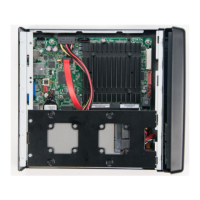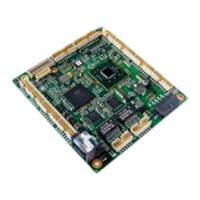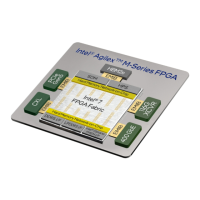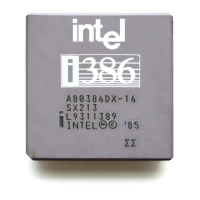PCI Express* Add-in Card Considerations
336521 27
3.3.1 Sense1 / Sense0 (Required)
These two sideband signals provide important information from the PSU to the Add-in
Card and are therefore required from the power supply. These signals allow the PSU
to tell the Add-in Card how much power the Add-in Card can use during both Initial
Power Up and Maximum Permitted Power. In the PCI CEM Gen 5 spec these levels are
called “Connector Initial Permitted Power” and “Connector Maximum Permitted Power”
because they refer to the power limits that can be consumed thorough the Auxiliary
Power Connector. The Maximum Permitted Power is the maximum supported by this
auxiliary power connector alone. It does not correspond to power consumed through
motherboard card edge connector.
The PSU providing the 12VHPWR auxiliary power connector must short the appropriate
SENSE signals to ground or leave them open (high impedance) to indicate the power
limits associated with the power supply. These SENSE signals must not change state
while the Add-in Card is operational.
Support of the SENSE0/SENSE1 sideband signals is required for a PSU. Support for
the SENSE0/SENSE1 sideband signals does not rely on any of the other optional
sideband signals defined for the 12VHPWR connector.
Table 3-6: PCI Express* 12VHPWR Connector Power Limits
Sense0 Sense1
Initial Permitted
Power at System
Power Up
Maximum Sustain
Power after
Software
Configuration
Gnd Gnd 375 W 600 W
Open Gnd 225 W 450 W
Gnd Open 150 W 300 W
Open Open 100 W 150 W
NOTE: If the Add-in Card does not monitor these signals, it must default to the lowest value in
this table.
3.3.2 CARD_PWR_STABLE (Optional)
This optional sideband signal functions as a “Power Good” indicator from the Add-in
Card to the PSU. When this signal is asserted, the Add-in Card is indicating that local
power rails on the Add-in Card are within their operating limits. This signal can
provide a fault detection from the Add-in Cards to the PSU, which can allow the PSU a
protection opportunity.
If this signal is used by the PSU, the signal will come from the Add-in Card as an open
collector / open-drain fashion. In the Add-in Card, this signal will be tied to a 100kΩ
pull-down resistor to ground. When implemented, the signal must be tied to a 4.7kΩ
pull-up resistor to +3.3V at the power supply. When the PSU or system monitors the
state of the CARD_PWR_STABLE signal it must be done with a high impedance 3.3V
logic compatible device input.
